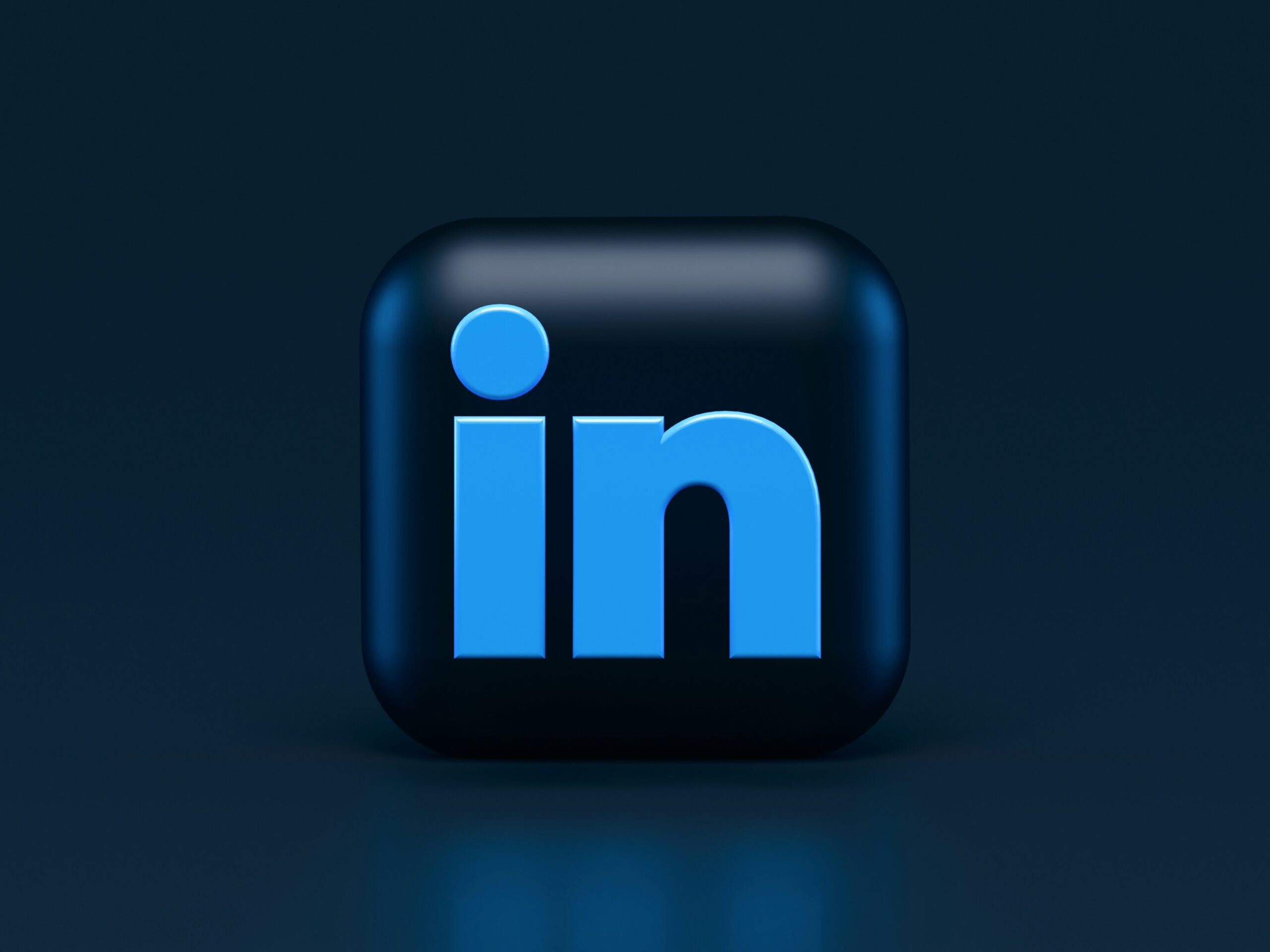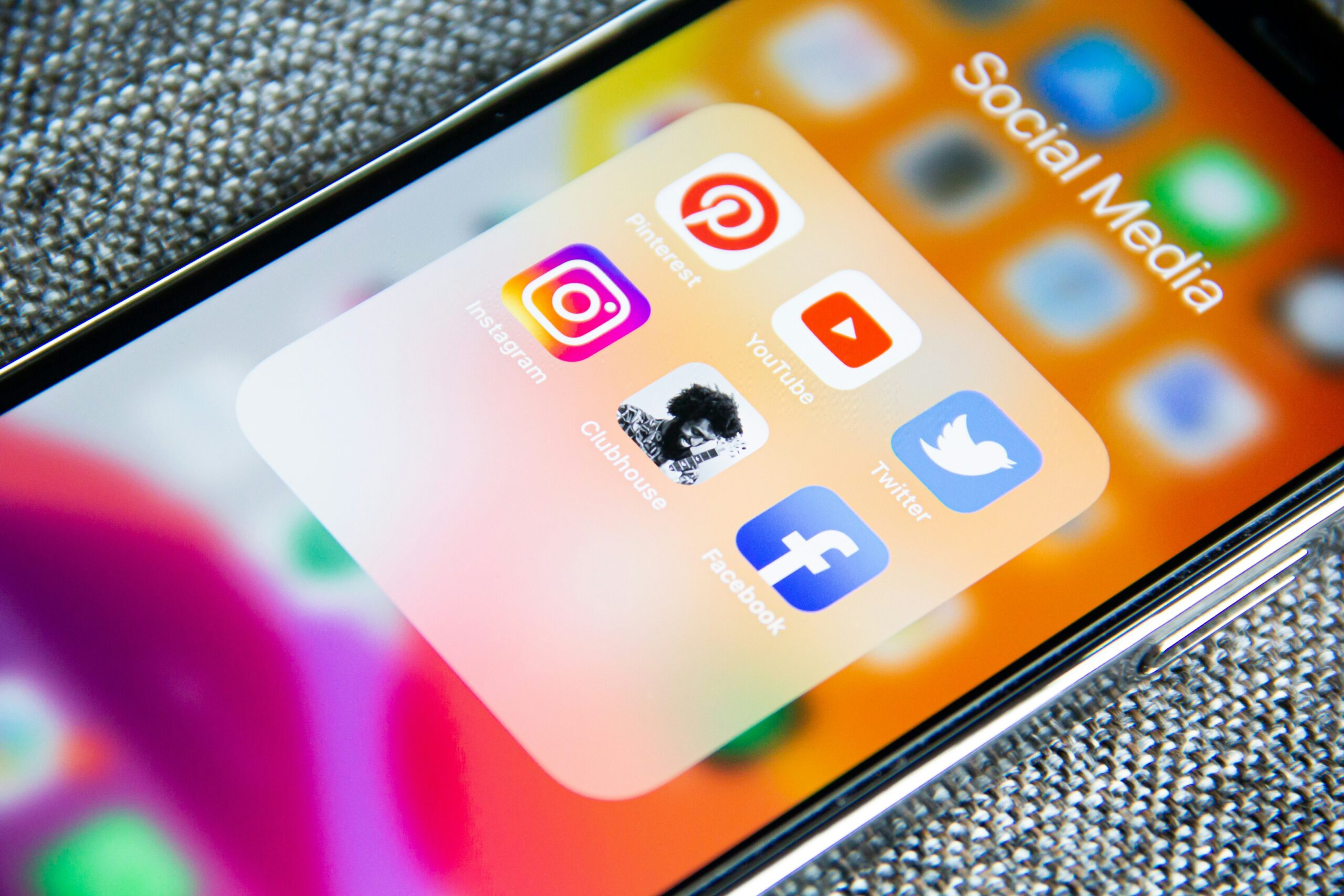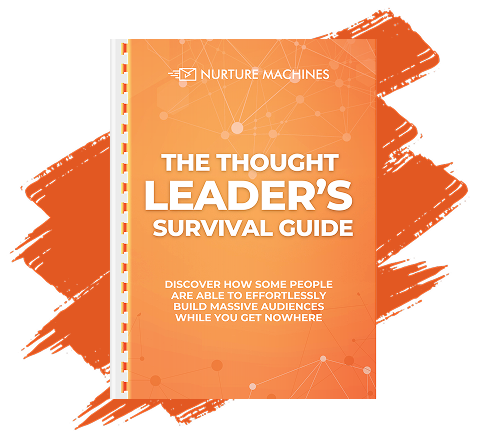Key Takeaways
- Understanding the sales funnel helps businesses convert prospects from awareness to action effectively.
- Tailored content and engagement strategies play a vital role in advancing leads through each funnel stage.
- Lead capture forms and landing pages are essential entry points that drive conversions.
- Social media and paid advertising campaigns help expand reach and generate high-quality leads.
- Implementing AI-powered lead scoring and CRM integration further enhances the lead management process.
What Are the Key Stages of a Sales Funnel for Lead Generation?

The sales funnel consists of several crucial stages that guide prospects from initial awareness to purchase. It qualifies leads based on their behavior and engagement. Early-stage prospects are introduced to the brand through awareness campaigns, and as they progress, engaging content and strong value propositions pique their interest. With effective call-to-actions and trust-building measures, prospects eventually reach the decision stage where detailed comparisons and personalized offers support their selection process.
How Does the Sales Funnel Guide Lead Conversion?
The sales funnel transforms anonymous visitors into qualified leads by gradually educating them and building trust. Broad educational content addresses pain points and positions the brand as a thought leader. More in-depth, personalized content, such as targeted webinars and exclusive whitepapers—then nurtures the relationship, increasing relevancy and conversion potential. Behavioral tracking and analytics help qualify leads, allowing sales teams to engage only with those showing readiness to convert, ultimately driving higher conversion rates.
What Are the Four Main Sales Funnel Stages: Awareness, Interest, Decision, and Action?
The funnel is segmented into four stages:
- Awareness: Reach vast audiences via social media, SEO, influencer marketing, and online advertising so that potential leads become aware of the solution.
- Interest: Engage visitors with high-quality lead magnets like eBooks, whitepapers, and interactive tools that capture contact information.
- Decision: Help leads evaluate options with product demos, testimonials, comparison charts, and special offers.
- Action: Prompt a clear call-to-action (e.g., contacting sales, signing up for a trial) that converts the lead. These stages must work in harmony for optimal performance.
Why Is Understanding the Sales Funnel Critical for Effective Lead Generation?
Understanding the sales funnel is vital as it enables marketers to optimize every component of lead generation. A clear funnel mapping provides actionable insights on where prospects drop off and what triggers progress. Data-driven metrics like click-through and conversion rates help refine strategies continuously. Integrated CRM systems and marketing automation tools further empower businesses by providing a comprehensive view of lead behavior, ensuring timely and precise follow-ups.
How Do Lead Capture Forms and Landing Pages Drive Lead Generation?

Lead capture forms and landing pages are the entry points for a robust lead generation mechanism. A lead capture form collects essential information from potential clients in exchange for valuable content or offers, while a well-designed landing page enhances the conversion process with clear, compelling headlines and persuasive copy. Techniques such as A/B testing, social proof integration, mobile optimization, and fast loading times improve the effectiveness of these elements and reduce friction during the conversion process.
What Are Best Practices for Designing High-Converting Lead Capture Forms?
Best practices include:
- Minimizing the number of fields to reduce friction.
- Requesting only critical information (e.g., name and email).
- Ensuring a clean, navigable design with a clear call-to-action.
- Making the form responsive across all devices.
- Incorporating progressive profiling, auto-fill features, and social login options.
- Displaying trust signals like security badges and privacy policies.
- Employing A/B testing to refine every aspect of the form.
How Can Landing Page Optimization Improve Conversion Rates?
Optimized landing pages drive conversions by ensuring a seamless user experience. Key elements include:
- A strong headline that communicates value.
- High-quality visuals that support the message.
- Concise, persuasive content emphasizing benefits over features.
- Trust elements such as testimonials and certifications.
- Effective use of whitespace to guide the visitor’s flow.
- Regular A/B testing and attention to micro-moments (like button placement) drive continual improvements in conversion rates.
What Types of Lead Magnets Boost Lead Capture Effectiveness?
Effective lead magnets offer immediate value in exchange for contact information. Common types include:
- eBooks and whitepapers providing in-depth insights.
- Industry reports and free trials that address specific pain points.
- Webinars and discount coupons as incentives.
- Exclusive video content and interactive tools.
Personalizing these magnets based on previously captured data and following up with segmentation and timely emails greatly enhance lead capture effectiveness.
Which Social Media and Paid Advertising Strategies Generate High-Quality Leads?

Social media and paid advertising expand lead generation beyond organic channels. Platforms like LinkedIn and Facebook offer precise targeting and segmentation to reach high-potential prospects. They also provide real-time tracking and analytic tools that help measure engagement. Combining organic posting with targeted paid promotions can drive substantial quality leads into the sales funnel. Paid channels like Google Ads and LinkedIn Sponsored Content further complement these efforts by offering scalable reach and measurable ROI.
How Can Social Media Platforms Like LinkedIn and Facebook Drive Lead Generation?
LinkedIn’s professional user base and targeting options (by job title, industry, and company size) make it ideal for B2B lead generation. Facebook’s expansive reach and precise demographic targeting suit both B2B and B2C markets. Both platforms support high-quality content, such as blog posts and infographics, building trust and authority. When paired with targeted paid campaigns, they create seamless transitions from awareness to action.
What Are Best Practices for Paid Advertising Campaigns in Lead Generation?
Effective practices include:
- Detailed audience segmentation and tailored ad messaging.
- Compelling ad copy paired with visually appealing creatives.
- Clear calls-to-action directing users to optimized landing pages.
- Continuous monitoring of key performance indicators (click-through and conversion rates, cost per lead).
- A/B testing different ad elements and employing retargeting strategies to re-engage interested users.
How Do You Measure ROI and Conversion Rates From Paid Lead Generation Ads?
Marketers should track clear benchmarks such as click-through rates, conversion rates, cost per lead, and overall campaign revenue. Advanced analytics tools offer real-time dashboards that display these metrics for every funnel stage. Precise attribution models help shift budgets to higher-performing channels and optimize spending, ensuring that every dollar drives effective conversions.
How Does Content Marketing Support Lead Generation in Sales Funnels?

Content marketing supports each stage of the sales funnel by delivering valuable, engaging information that addresses pain points, builds authority, and nurtures trust. It attracts early-stage prospects with blog posts and videos, deepens engagement with in-depth guides and case studies, and aids final decisions through testimonials and product demos. By repurposing content across multiple channels, businesses can maintain consistent messaging and reinforce brand authority throughout the buyer’s journey.
What Types of Content Attract and Convert Leads Effectively?
Effective content types include:
- Blog posts and articles addressing common challenges.
- In-depth guides, eBooks, and whitepapers that serve as premium lead magnets.
- Case studies and customer testimonials that build credibility.
- Explainer videos, interactive webinars, and live sessions for dynamic engagement.
- Infographics that simplify complex data.
Tailoring content to the target audience’s needs with a clear call-to-action is essential for conversion.
How Can Content Strategy Be Aligned With Sales Funnel Stages?
Aligning content strategy requires mapping content types to the buyer’s journey:
- Awareness: Use broadly educational and SEO-optimized content (blog posts, social media updates, introductory videos) to attract organic traffic.
- Interest: Deepen engagement with comprehensive guides, eBooks, and interactive webinars.
- Decision: Validate the solution through case studies, demos, and testimonials.
- Action: Convert leads with persuasive landing pages and targeted email nurturing sequences
This deliberate approach ensures that prospects receive the right message at the right time.
What Are Examples of Successful Content Marketing Campaigns for Lead Generation?
Effective campaigns use tailored content to move leads through the sales funnel. For example, content that educates prospects at the awareness stage, engages them with detailed materials at the interest stage, and seals the deal with testimonials and demos during the decision-making phase can convert potential leads into customers.
What Are Proven Lead Nurturing Techniques to Maximize Sales Funnel Conversions?

Proven lead nurturing techniques focus on building trust, maintaining engagement, and delivering consistent value. Key methods include personalized email drip campaigns, consistent follow-ups via marketing automation, and segmented content strategies based on lead behavior. These practices progressively build a relationship with the prospect by addressing specific pain points and reinforcing the brand’s value through targeted communications.
How Do Automated Workflows Improve Lead Engagement Over Time?
Automated workflows deliver consistent, personalized content at the right moments based on lead behavior. They eliminate communication gaps by triggering follow-up messages when leads interact with content, adapting in real time to user behavior. This segmentation and continuous engagement help strengthen relationships and drive higher conversion rates while reducing lead attrition.
What Are Effective Drip Campaign Strategies for Lead Nurturing?
Effective drip campaigns involve a series of time-based, segmented emails that guide leads through the educational and decision-making phases. They typically start with a welcome email to establish trust, followed by emails featuring case studies, success stories, and targeted offers. Balancing educational content with clear calls-to-action is crucial, and continuous A/B testing helps refine timing and messaging for maximum impact.
How Can Lead Quality Be Maintained While Nurturing Leads?
Maintaining lead quality involves personalization, precise segmentation, and ongoing evaluation of engagement metrics. Filtering out disinterested prospects early with lead scoring ensures that nurturing is focused on genuine potential customers. Regular follow-ups offering tailored recommendations and timely product updates, combined with analytics and feedback loops, help preserve lead quality and improve overall conversion rates.
Frequently Asked Questions
How long does it typically take to see results from an optimized sales funnel?
Results from an optimized sales funnel can typically be seen within a few weeks to a couple of months, depending on industry and audience. Sustained results often take several months of continuous refinement, with tools like marketing automation and AI-powered lead scoring helping speed up the process.
What is the most critical stage in a sales funnel for lead generation?
The Interest stage is the most critical for lead generation, where potential leads engage with your content. Offering valuable content like lead magnets helps capture contact information and qualifies prospects for the next funnel stages.
Can small businesses benefit from advanced marketing automation tools and AI-powered lead scoring?
Yes, small businesses can benefit greatly from marketing automation and AI-powered lead scoring. These tools help streamline lead generation, prioritize high-quality leads, and personalize outreach, saving time and improving conversion rates.
How can companies ensure that their landing pages convert visitors into leads effectively?
Companies can ensure landing page conversions by using clear, compelling headlines, benefit-driven content, strong CTAs, and ensuring mobile optimization. Visual appeal, social proof, and A/B testing can also improve conversion rates.
What role does content marketing play in the overall sales funnel?
Content marketing supports every stage of the sales funnel. It attracts leads at the Awareness stage, engages them in Interest with valuable content, aids decision-making in the Decision stage, and drives action at the Action stage, ensuring higher conversions.
Conclusion
The sales funnel is more than just a marketing tool; it’s a critical process for converting leads and driving growth. By carefully optimizing each stage, from attracting awareness to nurturing interest, businesses can provide a tailored experience that leads prospects towards taking meaningful actions. Utilizing strategies like content marketing, lead capture forms, and AI-powered tools can significantly improve lead conversion rates. Businesses can also leverage social media and paid ads for greater reach while maintaining a strong relationship with leads through automated workflows. Ultimately, mastering the sales funnel not only maximizes lead generation efforts but ensures a more efficient and personalized sales process.







